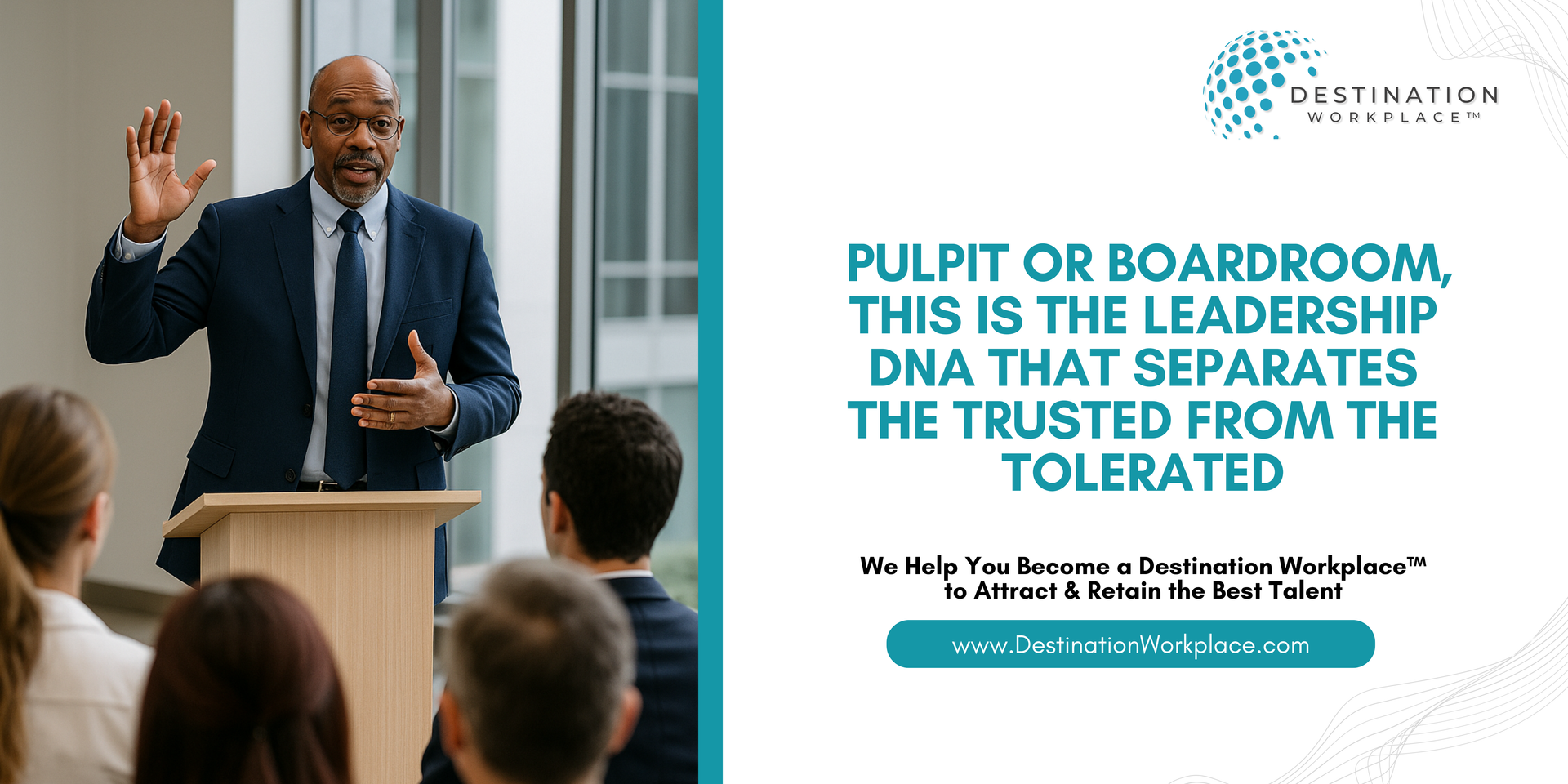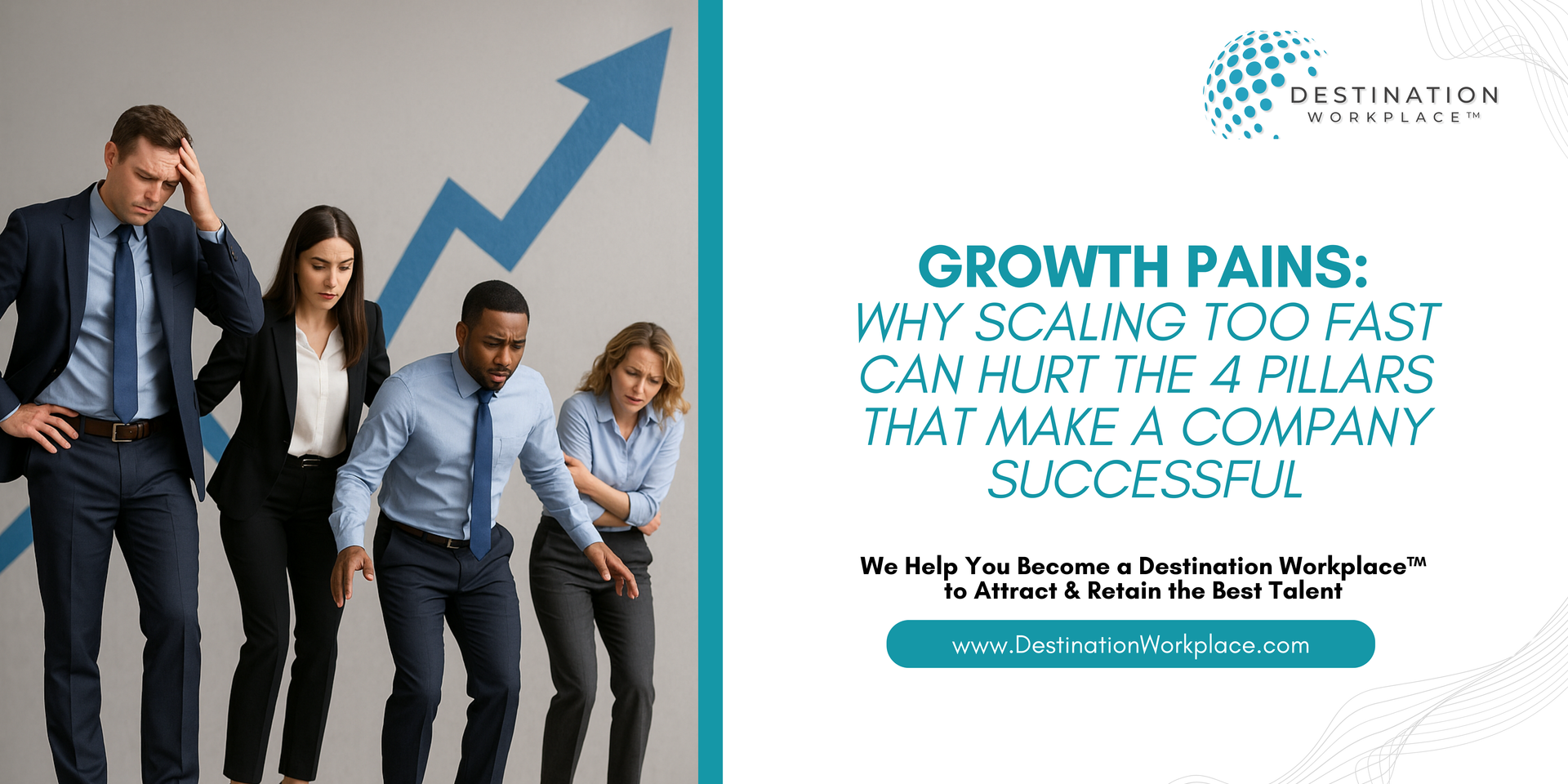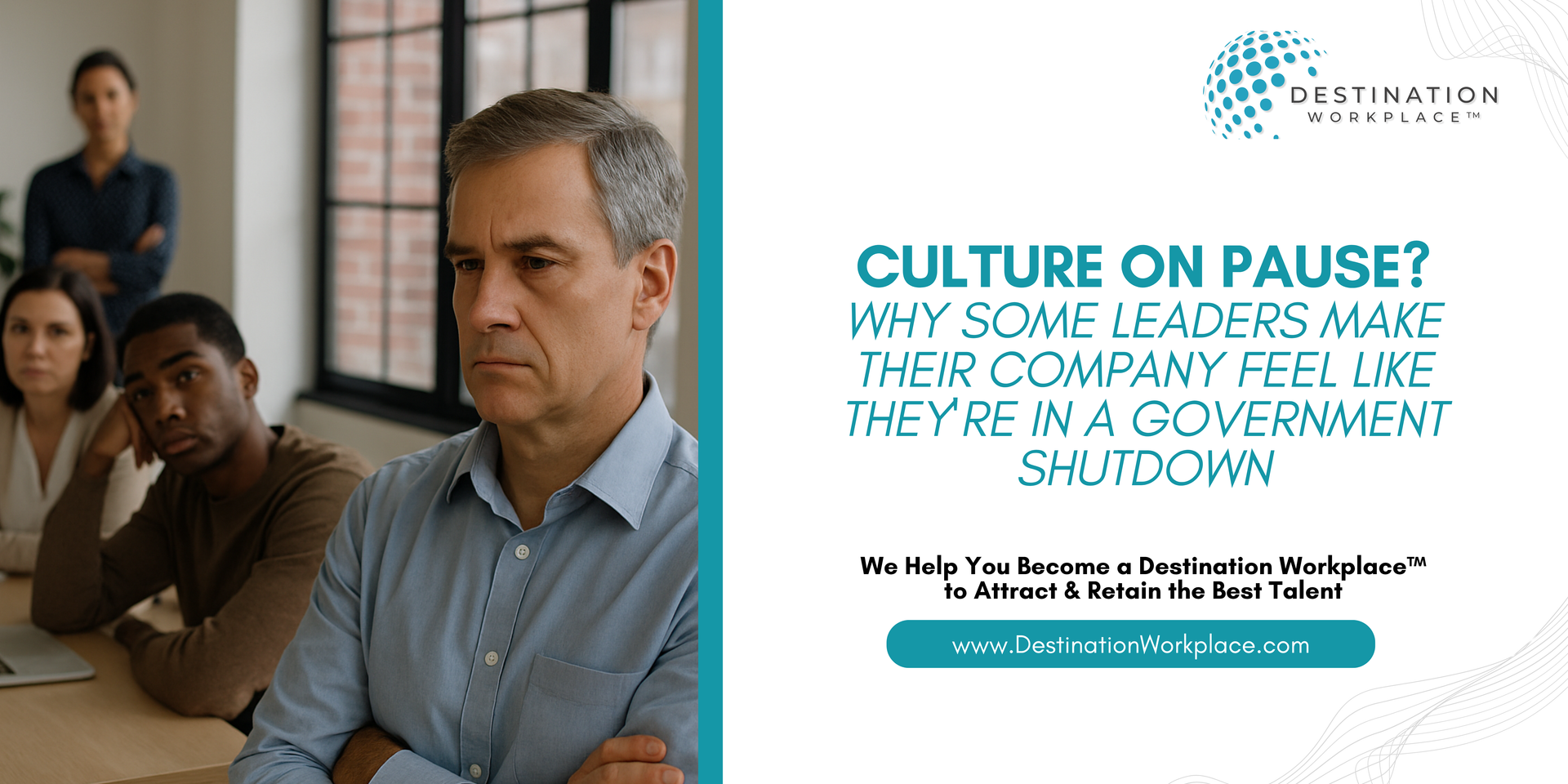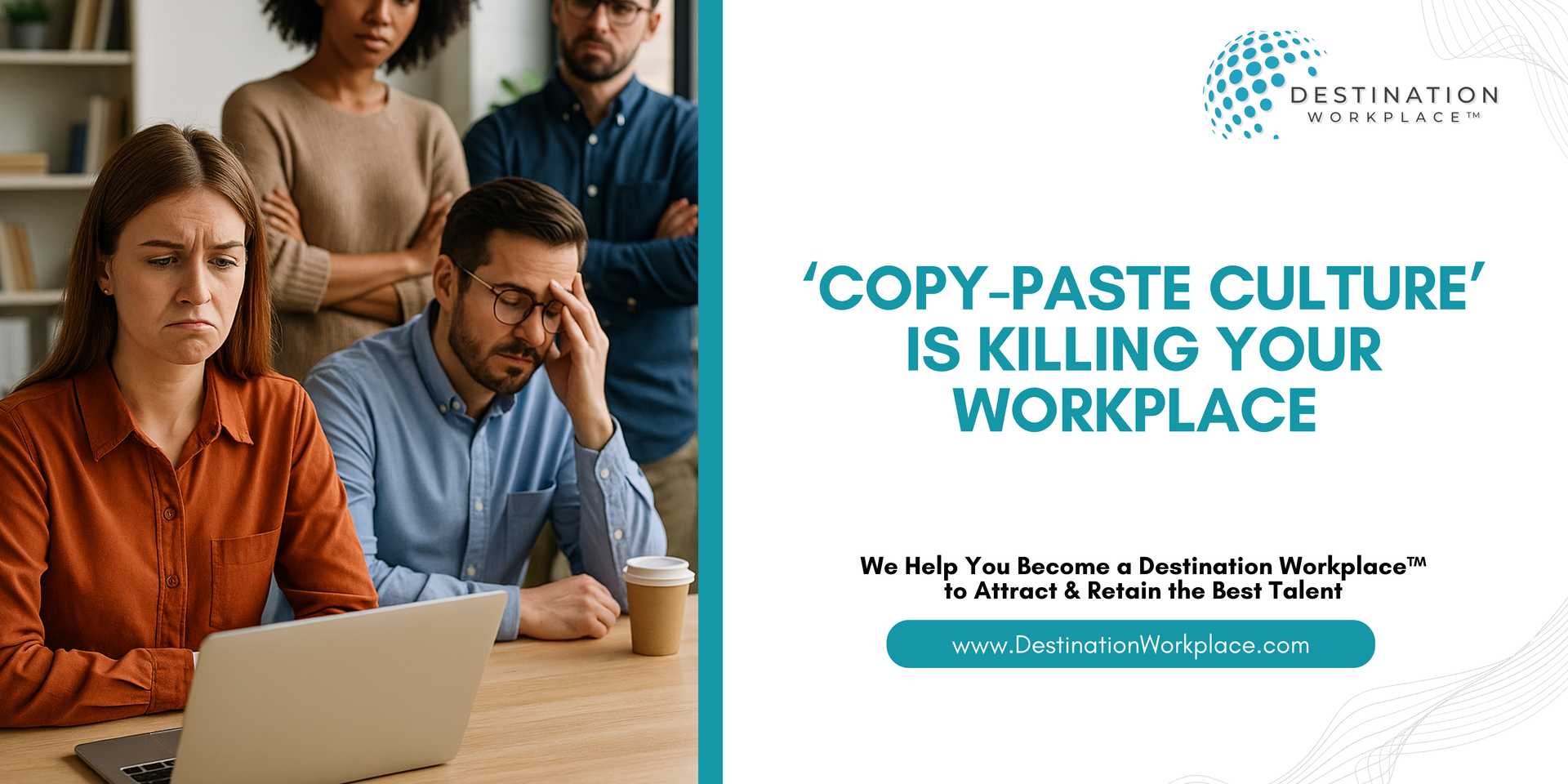Employees Using ‘Fake Work’ Software – Who’s Outsmarting Who?
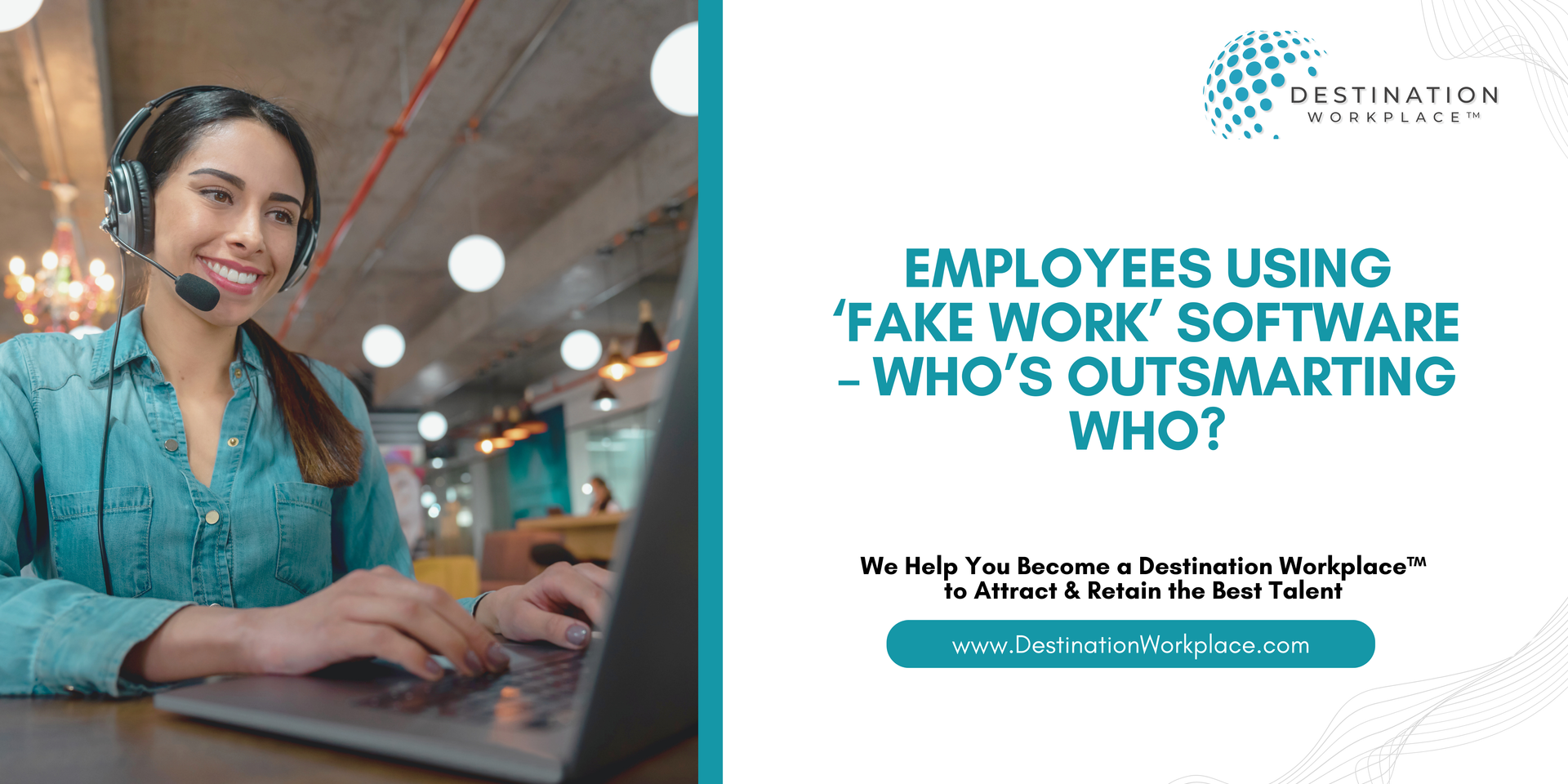
In today’s digital workplace, the game of corporate cat-and-mouse has taken on a new meaning—literally, with a mouse that moves itself.
With the rise of remote work and heightened employee surveillance, a booming industry of "fake work" technology has emerged. These tools—ranging from mouse jigglers to auto-typing bots and even fake Zoom activity simulators—are designed to make employees look busy without actually being productive. But as companies invest in tracking software to monitor productivity, the real question becomes: Who’s really winning this game? And more importantly, why do employees feel the need to fake work in the first place?
The Rise of ‘Mouse Jigglers’ and Fake Productivity Apps
Employee surveillance has skyrocketed in recent years. Between March 2020 and June 2023, the demand for employee monitoring software grew by 54%. Employers are using tools that track screen time, log keystrokes, and even take screenshots throughout the workday. Some companies have even admitted to recording calls and emails, with 73% of employers using recorded communications in performance reviews, and 37% using them to justify firing employees.
But where there’s surveillance, there’s always a workaround.
Enter mouse movers, auto-clickers, and activity simulators—the modern worker’s response to excessive tracking. These small devices and apps keep the cursor moving, prevent screens from going idle, and even generate keyboard activity, creating the illusion of work. Some even go as far as faking online meeting participation, making it look like employees are actively engaged when they’re really binge-watching Netflix.
One software engineer summed it up best:
"If my company is going to judge my productivity by whether my mouse is moving, then I’ll make sure it’s moving."
Why Are Employees Faking It?
The real issue isn’t that employees are lazy or trying to deceive their bosses. It’s that many workplaces have created a culture that rewards presence over performance. Why is that so wrong? I’ll give you three reasons…
- Lack of Trust: Surveillance makes employees feel like they’re guilty until proven innocent. In fact, a 2025 National Workplace Trends Study (NWTS) by Destination Workplace™ found that 53% of in-person workers believe upper management has no idea what the workplace culture is actually like.
- Measuring the Wrong Metrics: If companies focus on time spent online rather than actual output, employees will find ways to “look” productive without actually doing meaningful work.
- Burnout & ‘Overwork Theater’: Many employees feel pressure to appear busy at all times, even when they’ve already completed their work. Rather than take a well-earned break, they’ll turn to software that mimics productivity instead.
In other words, employees aren’t faking work because they don’t want to work—they’re faking work because they don’t trust how their work is being measured.
The Hidden Costs of Fake Productivity
Here’s the irony: both companies and employees lose in this system.
For companies, the rise of fake work tools means surveillance doesn’t actually improve productivity—it just encourages people to outsmart the system. A moving mouse doesn’t mean a moving business.
For employees, relying on fake work software may help in the short term, but it can backfire. If real productivity is ignored, employees who are skilled at "appearing busy" could be rewarded over those actually producing results. Worse, it creates a workplace culture where trust and engagement continue to erode.
And trust is already in short supply—44% of hybrid employees believe their company leaders are not trusted or respected. When employees feel monitored instead of mentored, disengagement is the inevitable result.
How Leaders Can Stop the ‘Productivity Theater’
The solution isn’t more tracking software—it’s better leadership–specifically mentorship. Instead of monitoring mouse movements, companies should be measuring results that actually matter, and having coaching conversations to improve both performance and behavior.
4 Ways to Increase Employee Productivity & Decrease ‘Fake Work’ Software:
- Shift from Activity-Based to Outcome-Based Productivity – Employees should be evaluated on the quality and impact of their work, not just the hours they’re logged in.
- Foster a Culture of Trust – Research from the 2025 National Workplace Trends Study shows that companies with strong cultures see higher engagement, reduced turnover, and increased innovation. When employees feel trusted and empowered, they don’t need to fake work—they actually want to do great work.
- Encourage Smart Breaks – Science shows that people are more productive when they take short breaks. Instead of punishing employees for stepping away, create an environment that supports focused work and healthy breaks.
- Re-evaluate Performance Metrics – If employees are turning to bots to "look busy," then companies need to rethink how they define productivity.
- Use a Mentorship Approach – Gen Z and younger Millennials say that mentorship is key for them to stay with a company long-term. If productivity is down, instead of tracking their keystrokes or bossing them to failure, learn how to coach them to success.
At the end of the day, the real battle isn’t between employees and their bosses—it’s between
trust and micromanagement.
If companies continue down the path of excessive surveillance, employees will continue to find ways to game the system. But if leaders focus on outcomes, engagement, and trust, then employees won’t have to fake productivity—they’ll actually want to contribute.
Because here’s the truth: No one wins when the workplace turns into a spy movie. It’s time for leaders to stop tracking clicks and start leading people.
Creating a winning company culture takes effort, but it's well worth it, and company culture happens to be our area of expertise. We help you become a Destination Workplace™ so you can attract and retain the best talent in this hyper-competitive marketplace. Contact us to learn about our leadership development, culture development, corporate wellness programs and more!
The Destination Workplace™ Team
ABOUT BETSY: Featured on FOX, CBS, NBC, and ABC, Betsy Allen-Manning is a leadership keynote speaker and high-performance expert who works with executives, managers, and teams to ignite commitment, elevate excellence, and infuse purpose into their culture.
Her C.O.M.M.I.T. Framework and 'DNA for Success' keynote series deliver data-backed, high-energy presentations that strengthen leadership, enhance team performance, and build resilient cultures where people thrive and stay. Betsy is also the founder of Destination Workplace, an award-winning leadership training company in Dallas, recognized for advancing leadership excellence and driving a culture of high performance in some of the world’s most respected organizations.


